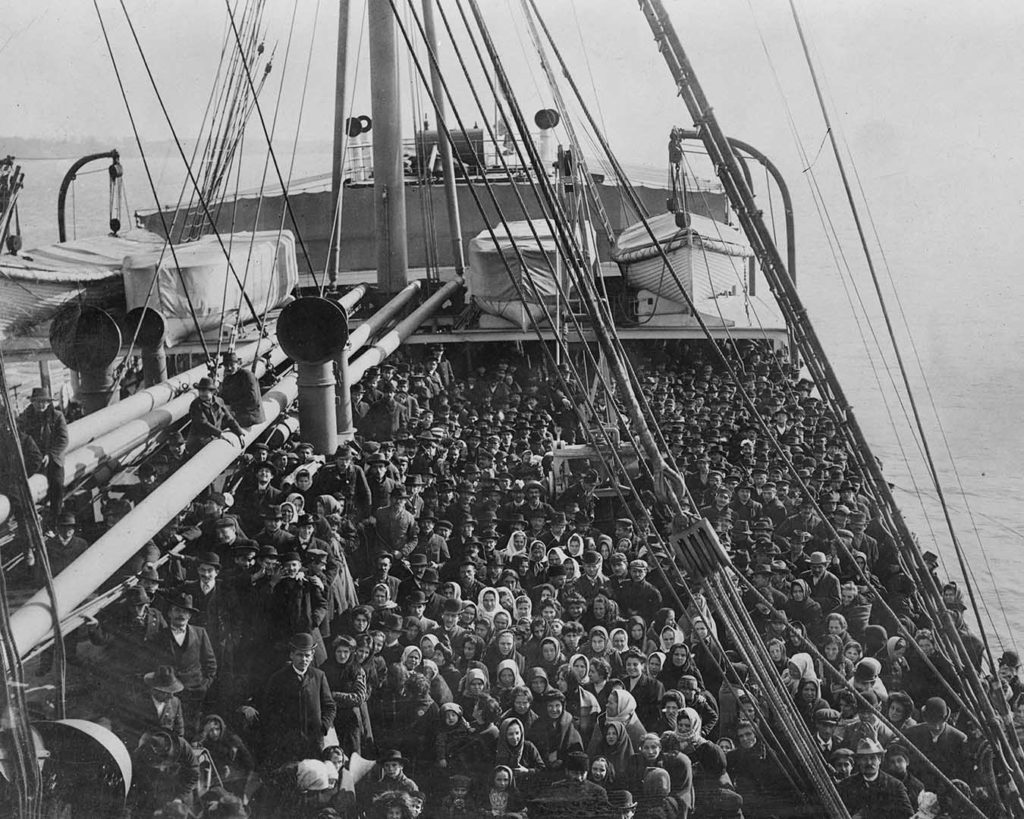Chapter 1

Introduction
In a city divided by rich and poor, uptown and downtown, most immigrants settle on the Lower East Side, long a first home for newcomers.
A Vibrant Neighborhood
There’s energy here. Excitement. Hope. Earlier immigrants (mostly Irish and German) are now joined by recent newcomers, mostly Eastern European Jews. Jewish theater, music, synagogues, foods—and more—make the new neighborhood feel familiar.
A Place With Challenges
In this vibrant community, the lives of many hopeful newcomers will be shaped by the realities of the impoverished neighborhood. These are just some of the challenges they faced.
– Morris Rosenfeld, “In Svetshop,” 1898
– Rose Gollup, a 15-year old sweatshop worker
Problems Impact Public Health
These problems of everyday life in a poverty-stricken Lower East Side challenge residents’ health and wellbeing.
In crowded tenements, germs spread easily. It’s extremely difficult to quarantine contagious diseases like typhoid and tuberculosis.
Lack of access to clean milk and water are the main cause of infantile diarrhea and death. The infant mortality rate is 1 in 10.
Unsafe work conditions can lead to tragedy—like the 1911 Triangle shirtwaist factory fire, where 146 workers die within minutes, many leaping to their deaths to avoid the flames.
Sickness Has A Cost
There’s no government safety net. No such thing as sick days. No unemployment insurance. No welfare. A sick or injured breadwinner, unable to work, could push a family into homelessness.
What ails me? I am haggard, anemic, and my face is ashen…I have no way of earning a living. I am a garment worker but I have no strength to work.
– a writer to the Jewish Daily Forward’s advice column, 1911
How Does Society Respond?
Conservatives blame the poor, claiming they are poor because of their own moral failings. Leftist radicals call for revolution to overturn class inequities.
Progressive social reformers—among them settlement house workers—blame the physical, economic, social, and moral environment. They seek government help to alleviate poverty.